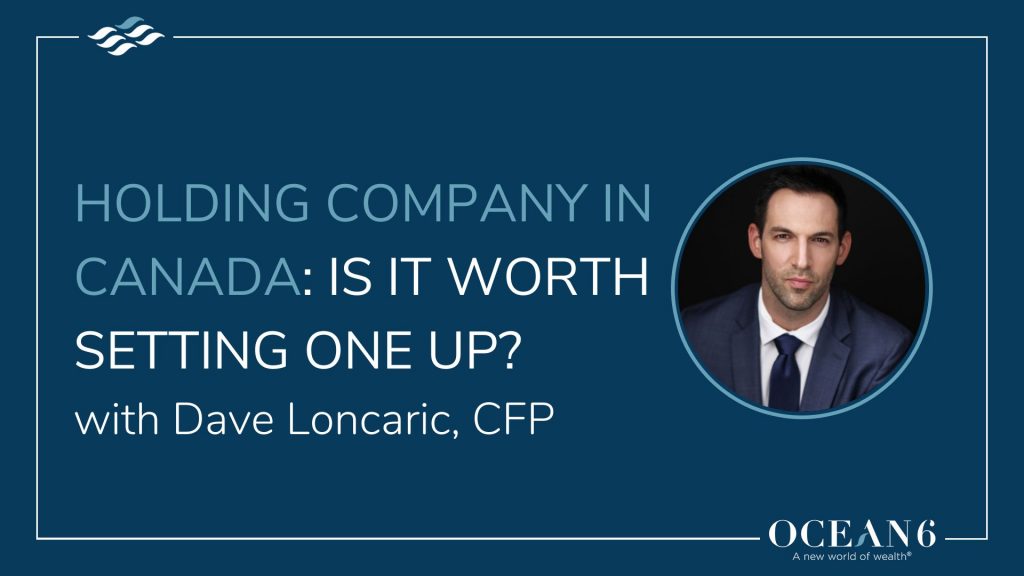Stepping into parenthood is a joyful experience, but things can also get scary if you don’t feel financially prepared for a baby. From daycare, diapers, college funds, and writing a will, there are endless things to do and decisions to be made.
One of the most common things many new parents worry about is their finances.
Here are seven essential steps as a new parent to set you up for success and gain peace of mind.
7 Steps to Financially Plan for a Baby
1. Update your cash flow plan
Having a baby will significantly impact your cash flow plan. You’ll need to adjust your cash flow plan to include new expenses.
- Committed expenses: new expenses in this area can be daycare costs or RESP contributions.
- Weekly spendable expenses: new expenses in this area can include diapers, formulas, new clothes, kids’ activities, and additional baby items.
It’s easy for these expenses to quickly add up. Adjusting your committed and weekly spendable expenses help ensure you’re spending wisely by following the new budgeted amount for each area.
2. Update your will and beneficiaries
If you don’t have a will, now is the time to write one. The purpose of the will is not just to take care of your finances or assets. It also addresses legal guardianship, the designated individual who will care for your children if you are no longer there.
(Here are six estate planning tips to give you and your family peace of mind)
If you do have a will, you’ll want to update it to include your child.
Here are a few pointers when updating your will:
- Add your child as the contingent beneficiary to your RRSP, not the beneficiary. This is because your RRSP can roll over tax-free to your spouse upon death, whereas if you leave it behind for your child, it will be taxed in their hands.
- For your TFSA, work benefits, insurance policies, and estate, discuss with your spouse what your wishes are and how you want to include your child.
3. Update your dependents on your health and dental plan
Adding your child as a dependent to any of your benefits plans will provide them access to health and dental care without paying out of pocket.
To avoid late enrollment, update your benefit plan to include your child within 31 days of birth. If you miss the time frame, it may cause issues trying to add them later.
4. Create a Registered Education Savings Plan (RESP)
If securing funds for your child’s education is a goal of yours, you should take advantage of RESPs.
The money you put into an RESP grows tax-free.
The government matches 20% of your contributions each year with the Canada Education Savings Grant (CESG) program. The lifetime maximum is $7,200 per child.
As a business owner, we advise you only contribute enough money to the RESP to maximize the grant. Here’s what that looks like.
By contributing $2,500 every year from age 0 for 14.4 years, you will get the maximum grant of $7,200 from the CESG. This way, you have more than $43,000 in your RESP to invest and grow tax-free.
One of the biggest benefits of having an RESP set up is that the income you receive from this account will tax the child when they go to university, as opposed to you.
If your child doesn’t go to school, you can get back the deposit and the gains, but the gains will be taxed to you unless there’s room to transfer them into your RRSP. However, the grants and gains from the grants will be returned to the government.
5. Review your insurance plans
You may have purchased insurance back when you got married or bought your home, but now that you’re expecting a baby, it’s important to increase the insurance to protect your growing family adequately.
It’s likely there’s a greater dependency on your income, and insurance will give you something to fall back on in the event of a tragedy to support your family.
So make sure you’re reviewing all aspects of your life insurance, critical illness and disability insurance to match your new financial needs.
6. Inform your accountant
In Canada, government grants and credits are available to you when you have a child, such as the Canada Child Benefit. Discuss with your accountant to determine what you’re eligible for.
(Looking for efficient tax planning strategies? Here’s your guide to tax planning)
You’re also able to claim childcare expenses when doing your tax returns. Remember to keep receipts for daycare and other learning facilities. They can help lower your overall personal income taxes and put more money back in your pockets.
7. Revisit your financial goals
Have your financial goals changed now that you have a newborn?
Perhaps you’re considering moving into a bigger home to accommodate this new addition to the family or saving for a college fund.
Make sure you are sitting down with your financial advisor to revisit your goals so your financial plan aligns with your goals.
Although there are many things you can change about your finances and add value for your children, don’t neglect to take care of your own goals before helping your child.
Entering Parenthood with Confidence
Children are expensive to raise, but parents who plan ahead are best equipped to deal with the future.
Your time will only get more valuable with this new addition to the family. Leave the heavy lifting to the financial professionals, so you can free up your time for what you love and create precious memories with your family. Book a call.
Having a financial planner on your team will allow you seamlessly navigate the upcoming changes so you can sleep at night knowing all financial decisions are taken care of.












